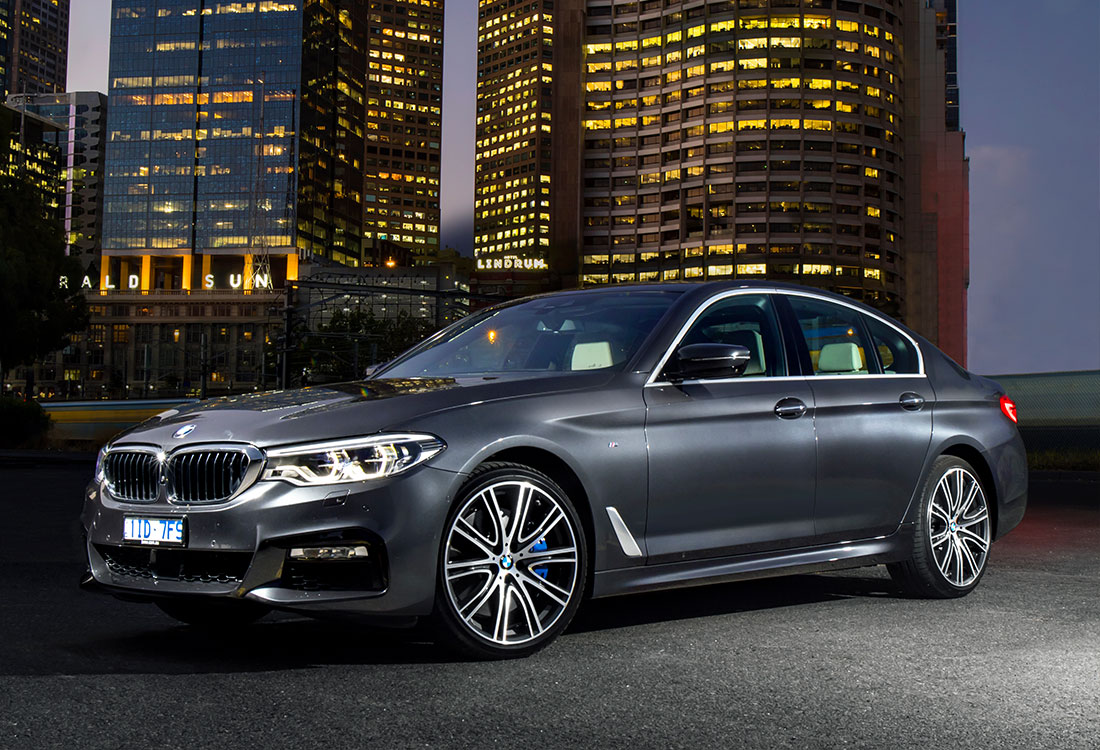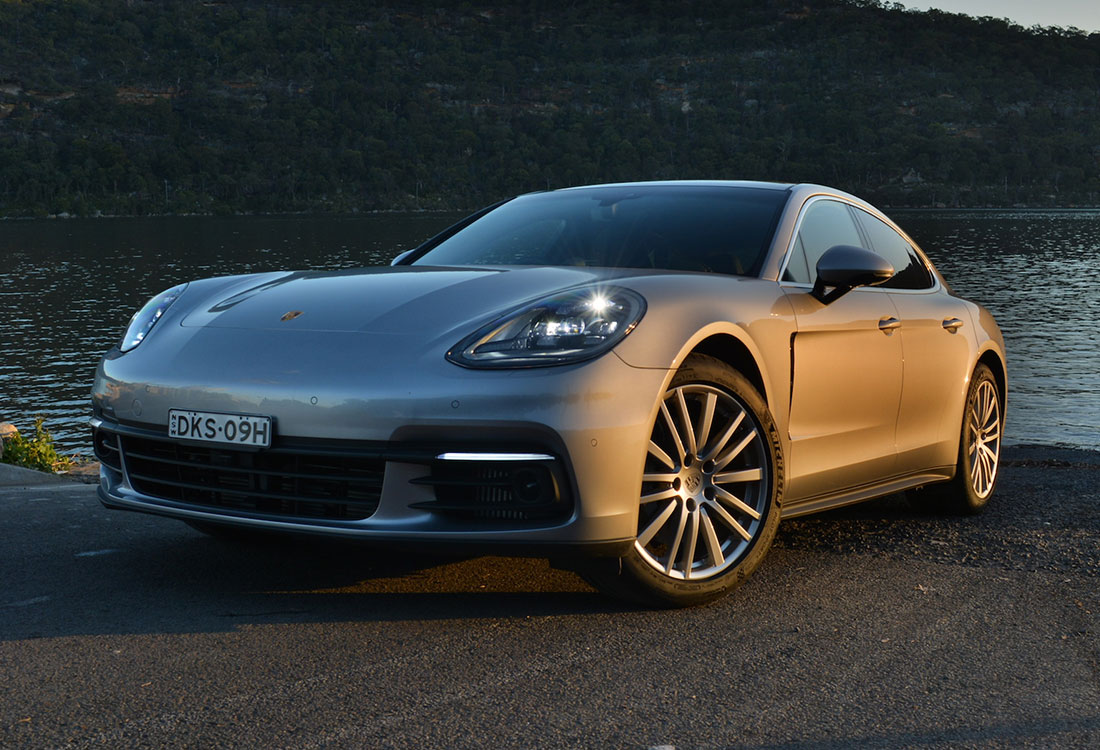Luxury SUVs have been popular among Australian buyers for more than a decade now, thanks in part to pioneers including the BMW X5, Porsche Cayenne, Land Rover Discovery and, more recently, the Audi Q7 and Mercedes-Benz M-Class/GLE.
In the mainstream (non-premium) segment, large and upper-large passenger cars have gone off the boil in recent years compared with SUVs. According to official VFACTS figures, back in 2007, more than 134,000 mainstream large and upper-large passenger cars were sold in Australia, against 87,804 SUVs of a similar size.
Of course, that was when Australia still had an automotive manufacturing industry and the locally built Holden Commodore was the top seller with 57,307 sales.
Fast forward 10 years and just 29,141 mainstream large passenger vehicles were sold in Australia in 2017, compared with 129,829 large and upper-large SUVs.
However, a recent rush of new models in the premium large and upper-large sedan market has meant that while there has been a dip over the past decade, these categories have still turned in relatively strong sales performances.
In the past couple of years, new-generation versions of the Mercedes-Benz E-Class and BMW 5 Series have launched and increased sales, while other new entrants such as the Maserati Ghibli and the Porsche Panamera have also helped buoy the segment.
Back in 2007, 7661 large premium passenger cars found homes, before dipping to 5422 in 2008. Since then, sales have remained between about 4800 and 6000 a year.
The story is a little different with premium large and upper-large SUVs. In 2007, there were 17,839 luxury SUVs sold.

Large deal: The Mercedes-Benz E-Class (below) and BMW 5 Series are the two biggest sellers in the large premium passenger car segment.
The segment dipped below 16,000 units in 2009 and has steadily climbed since then, hitting 21,287 in 2014 before a high of 26,108 in 2016 on the back of new versions of Audi’s Q7, the Volvo XC90 and the Mercedes-Benz GLE.
Upper-large SUVs also had a good year in 2016, with the arrival of Bentley’s Bentayga, and strong sales for the Range Rover, Mercedes-Benz GLS and Lexus LX.
However, last year the premium large SUV segment took a 14.3 per cent hit compared with 2016, while upper-large luxury SUVs lost ground by 4.5 per cent.
In fact, the only models to gain ground in the large SUV segment last year were Infiniti’s slow-selling QX80 (148 units, +11.5%) and the Maserati Levante (429 units) that launched in 2017.
The top seller in the segment, BMW’s X5, dropped by 14.3 per cent last year to 3582 sales, while the Range Rover Sport (2983, -3.7%), Audi Q7 (2664, -8.4%) and Mercedes-Benz GLE (2257, -17.4%) all took a hit.
There are a couple of key reasons for the large premium SUV sales slide.
A number of the biggest sellers are getting on in their model cycle and are due to be replaced soon. BMW’s next-generation X5 has been spotted undergoing final engineering tests in Europe and is expected to be revealed late this year or early next year, while the next-generation Mercedes GLE is also imminent.
Porsche’s latest Cayenne launches in Australia next month, while the mechanically related Volkswagen Touareg hits our shores in the second quarter of 2019.
The sales blip could also be a result of buyers shopping in the segment below.
Medium SUVs have grown in size over the years and a number of offerings straddle the medium and large SUV segments because of their dimensions.
Range Rover’s stylish Velar is huge for a mid-sizer, while the related Jaguar F-Pace is also sizeable.
New-generation versions of Volvo’s XC60, the BMW X3 and Audi Q5 have all launched within the past year and each of them have grown in size compared with their predecessors. They have likely stolen some of the attention from the older models in the large segment.
It is clear that the premium SUV market will only keep growing, but it remains to be seen if the sales downturn in the larger segments will continue, or rebound with the impending new models.
By Tim Nicholson















 Read More: Related articles
Read More: Related articles

